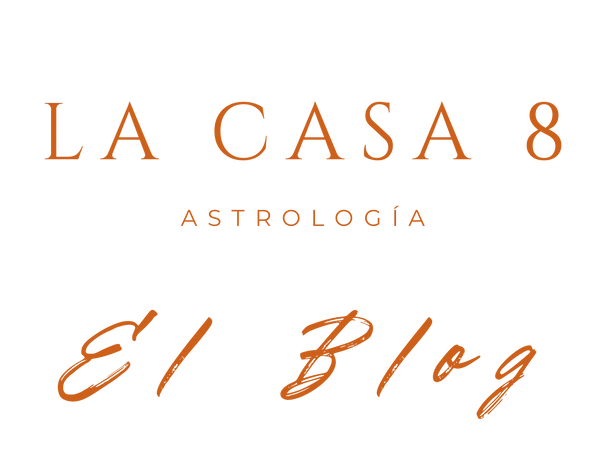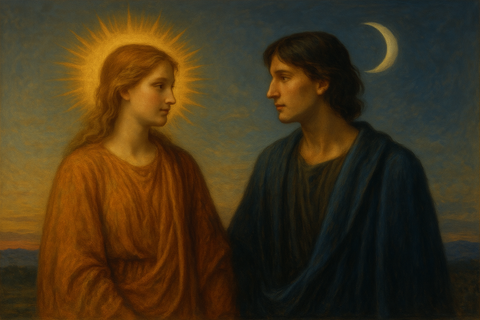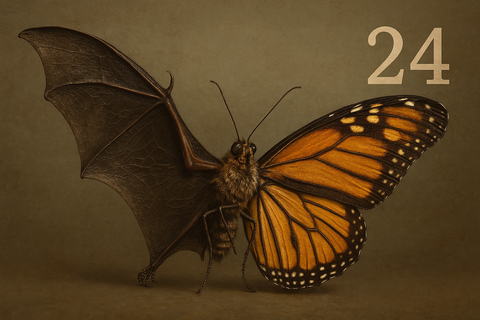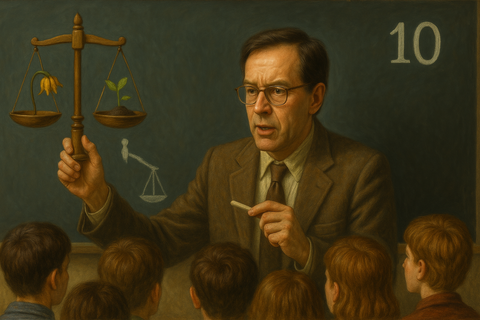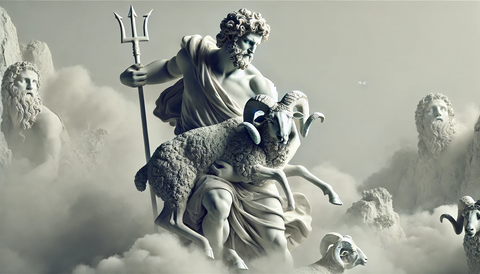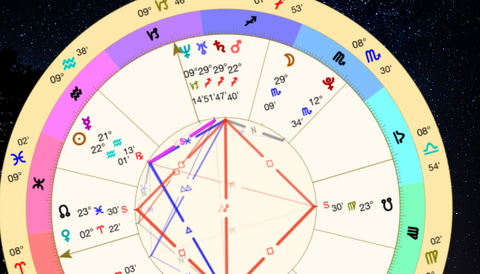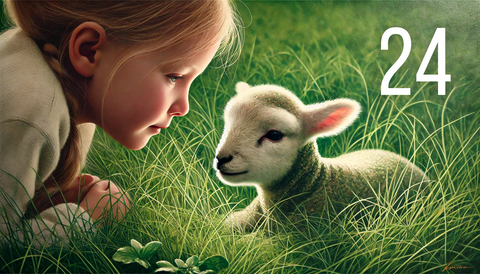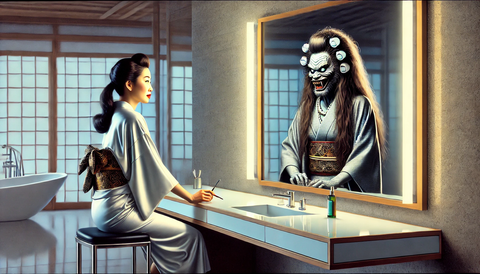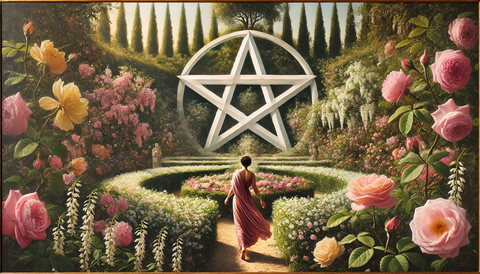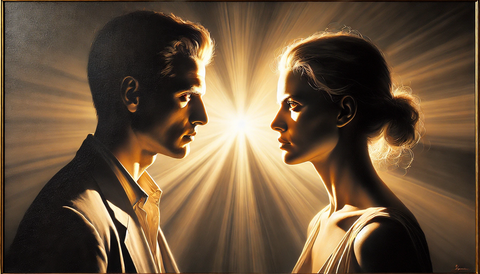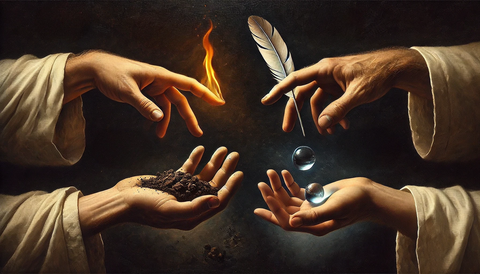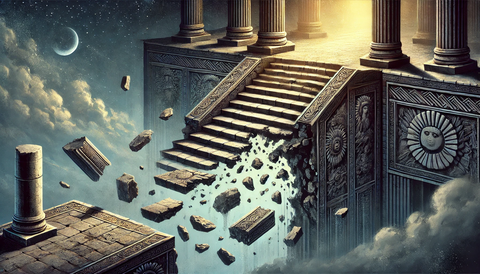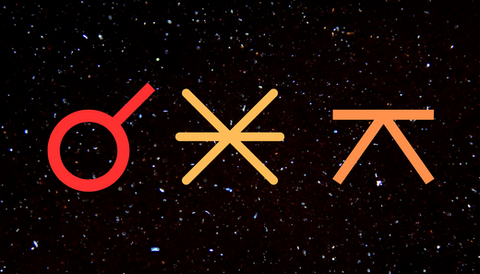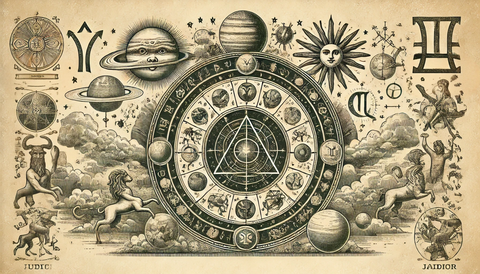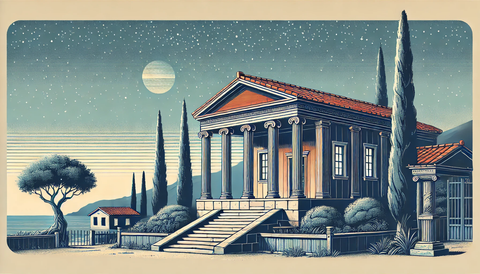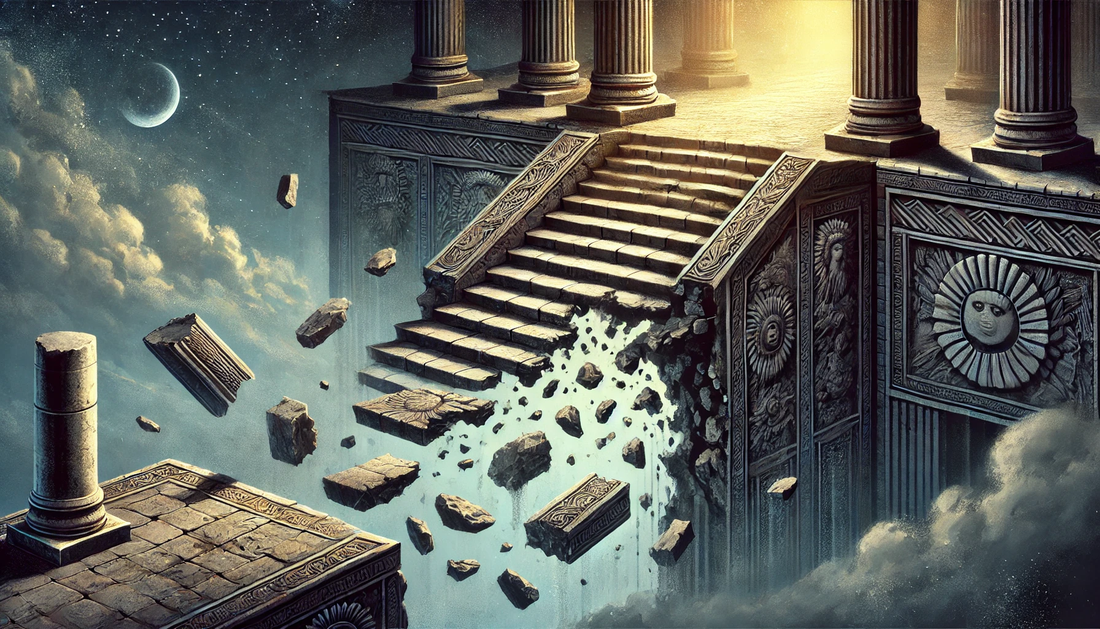
What Structures Will Collapse in 2025 and How to Harness This Energy
The year 2025 is marked by astrological transitions that underline the collapse of what has been our external support, both collectively and individually . There are several astrological indicators of this: 1. The sign change of the lunar nodes. The North Node enters Pisces, the last sign of the zodiac, associated with chaos, dissolution and lack of material firmness . Pisces is not related to the physical or the tangible, but to the ethereal, the abstract. Where the North Node is, there is an increase in that energy, and its...
Create your account to read the full article.
